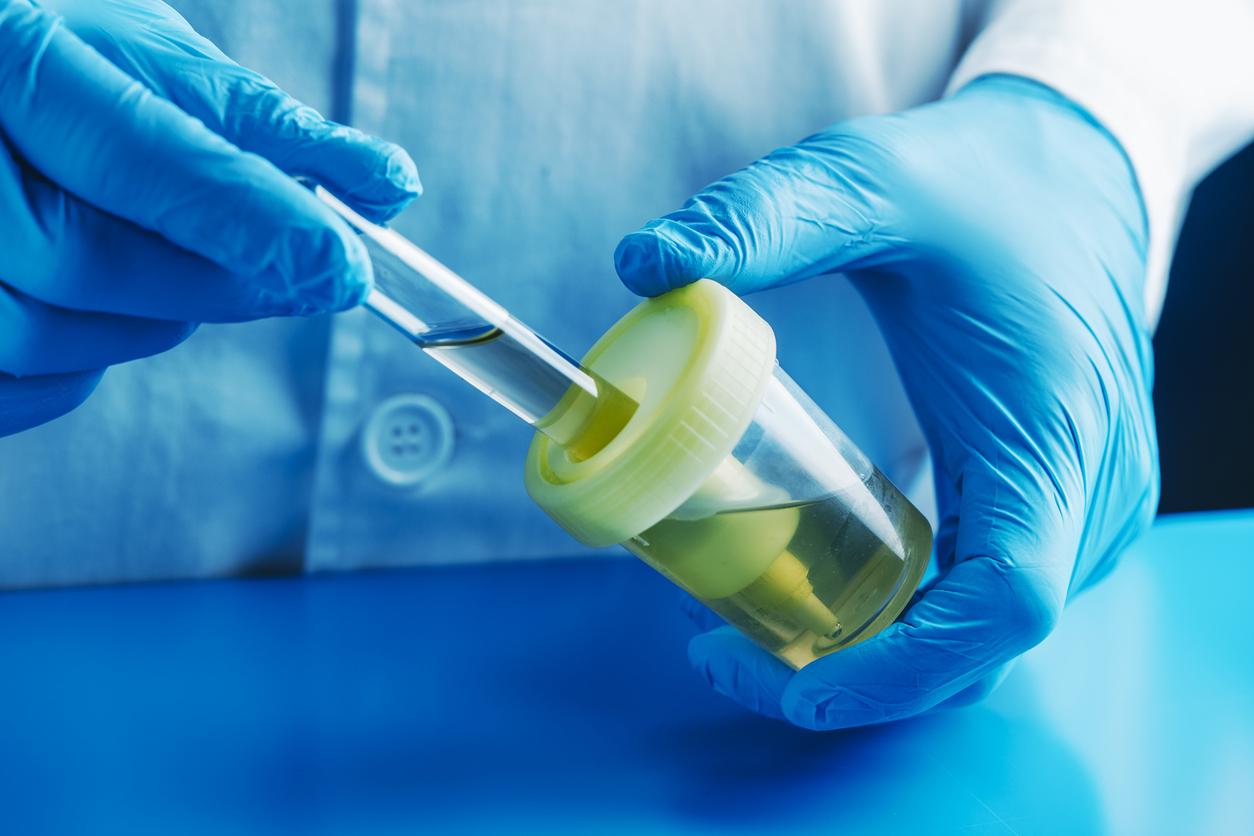The quality control of bathing water allows the monitoring of nearly 3,330 sites, in freshwater and seawater, by the regional health agencies (ARS). Each year, more than 33,000 water samples are taken for analysis by approved laboratories. Analysis of samples carried out last summer show that nearly 92% of these sites have excellent or good quality water.
Since 2013, one of the following four quality classes has been attributed to bathing water: insufficient, sufficient, good or excellent, according to the results of the analyzes obtained during the last 4 seasons. The results of the analyzes carried out in 2017, 2018, 2019 and 2020 were therefore taken into account to establish the 2020 ranking. Of all the sites listed (including unopened sites and unclassified sites), 91.7% have been classified as excellent or of good quality, without health risks.
“The results of these analyzes confirm the good general level of quality of bathing water in France” underlines the General Diurection of Health (DGS) in its press release.
How do you assess the quality of the water?
The examination takes into account various factors: bacteriological contamination, of course, but also chemical contamination, the development of algae and cyanobacteria, the discharge of wastewater or the presence of jellyfish.
The year 2021, like the previous year, remains special, due to the Covid-19 crisis. The maintenance of beaches and infrastructure are therefore also assessed. In addition, the Directorate General for Health recalls that “the major risk for these bathing sites is linked to overcrowding. It is therefore necessary to respect barrier gestures”.
Read also :
- 6 good reasons to swim with fins
- Covid-19: can we swim without risk?
- France: 1 in 7 people cannot swim
- Children with autism: beware of drowning

















